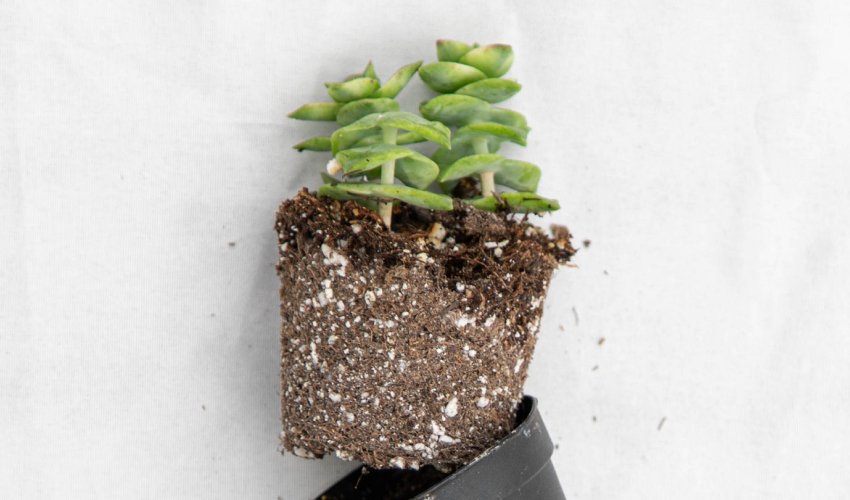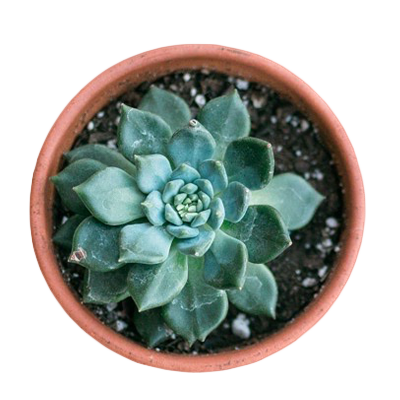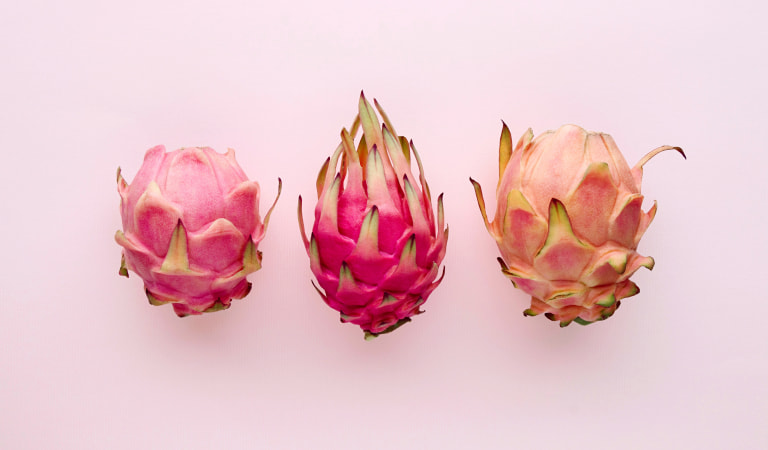Succulents are a favorite among plant lovers for their unique looks, easygoing nature, and ability to thrive with minimal care. Whether you’re just starting out or looking to brush up on your succulent know-how, this FAQ covers all the basics (and a little more) to keep your plants in tip-top shape.
1. What Are Succulents, Anyway?
Succulents are plants that store water in their leaves, stems, or roots, making them champs at surviving dry conditions. With their thick, fleshy leaves, these hardy plants come in all shapes and sizes, perfect for adding a touch of green to any space, indoors, or out.
2. How Often Should I Water My Succulents?
The golden rule: water only when the soil is completely dry. For most succulents, that means watering about every 1–2 weeks, but this can vary based on your environment, pot size, and the type of plant. Always check the soil before watering—if it’s dry, it’s time for a drink; if it’s still damp, wait a bit longer.
3. Do Succulents Need Direct Sunlight?
Succulents love bright, indirect light, but some can handle a bit of direct sun, especially in the morning when the rays aren’t too harsh. Too much intense light can scorch their leaves, so it’s all about finding the right balance. If your succulent starts looking a bit pale or “stretched out,” it’s usually asking for more light.
4. Can I Keep My Succulents Indoors?
Absolutely! Succulents can thrive indoors as long as they get enough light. A sunny windowsill is typically perfect, but if your home is on the darker side, you might want to add a grow light to keep them happy. Just make sure they aren’t getting too much direct afternoon sun, which can be a bit too strong.
5. What’s the Best Soil for Succulents?

Succulents need well-draining soil to avoid soggy roots, which can lead to rot. A cactus or succulent mix works great, or you can mix regular potting soil with sand or perlite to improve drainage. Avoid heavy, moisture-retentive soils—they’re not your succulent’s friend.
6. Why Are My Succulent’s Leaves Turning Yellow or Falling Off?
Yellow leaves or sudden leaf drops are usually signs of overwatering or poor drainage. Make sure you’re letting the soil dry out completely between watering, and check that your pot has a drainage hole to let excess water escape. Too much water is one of the quickest ways to stress your succulent.
7. How Do I Propagate My Succulents?
Propagating succulents is super rewarding and pretty simple! You can propagate from leaves, cuttings, or offsets (the little pups that pop up around the base of your plant). Just remove a healthy leaf, let it dry for a few days until the end callouses over, and place it on some well-draining soil. With a bit of patience, you’ll see new roots and baby plants start to grow!
8. Are Pests a Problem for Succulents?

Succulents aren’t usually pest magnets, but occasionally, they can get mealybugs, spider mites, or aphids. These pests are small but mighty, and they can cause damage if not dealt with. A quick fix is wiping them off with a cotton swab dipped in rubbing alcohol or using insecticidal soap. Regular checks and good airflow around your plants can help keep these critters at bay.
9. Why Is My Succulent Stretching Out?
If your succulent is looking tall and stretched (also known as etiolation), it’s likely not getting enough light. To fix this, gradually move it to a brighter spot. Be sure to do it slowly, though—sudden changes can shock the plant. If natural light is limited, consider using a grow light to give it a boost.
10. Can Succulents Survive Cold Weather?
Most succulents prefer warm, sunny conditions and don’t do well with frost. If you’re in a cold climate, bring them inside during the winter or stick to cold-hardy varieties like Sempervivum (hens and chicks) or certain types of Sedum that can handle lower temperatures.
Final Tips for Thriving Succulents
Caring for succulents doesn’t have to be complicated. Keep it simple: bright light, well-draining soil, and a cautious watering schedule. Remember, a little neglect can often be better than too much love when it comes to these resilient plants. If you follow these tips, your succulents will reward you with beautiful, thriving displays that are sure to impress.
Similar Topics in: Succulent Care, Succulents


Leave a Reply